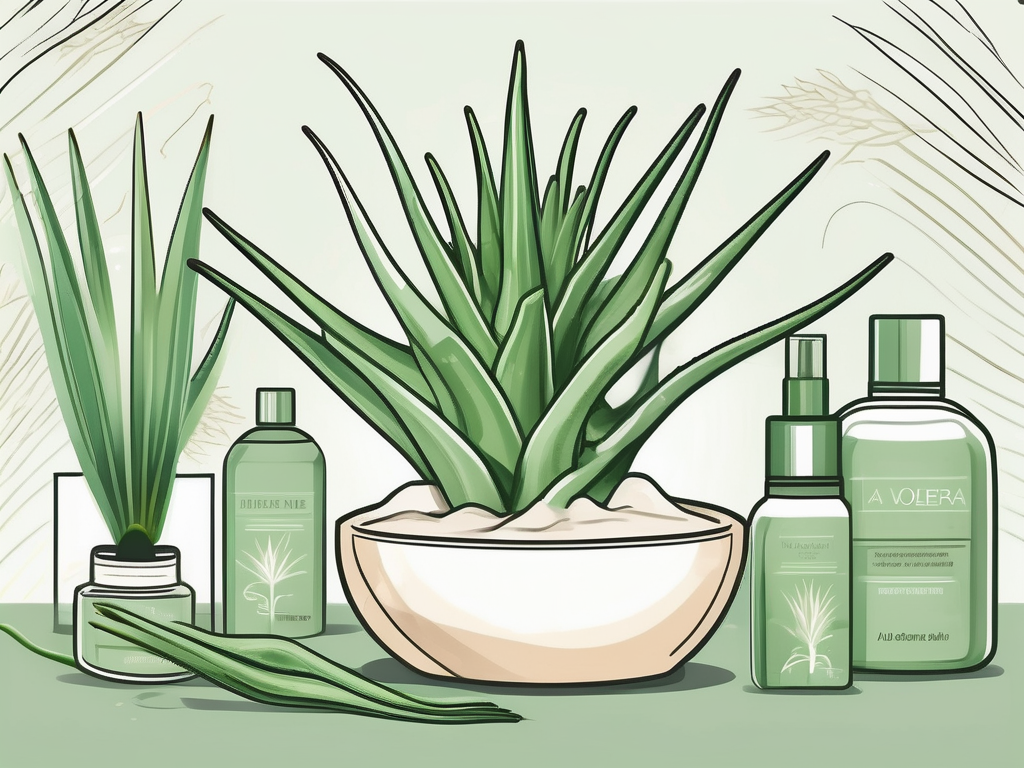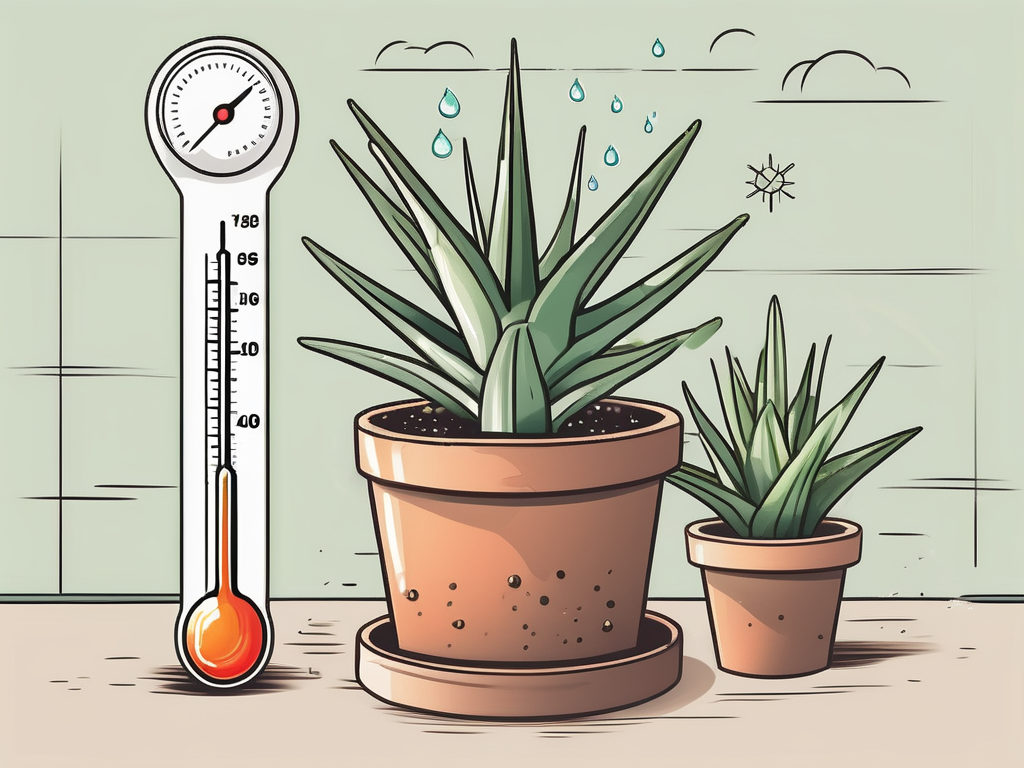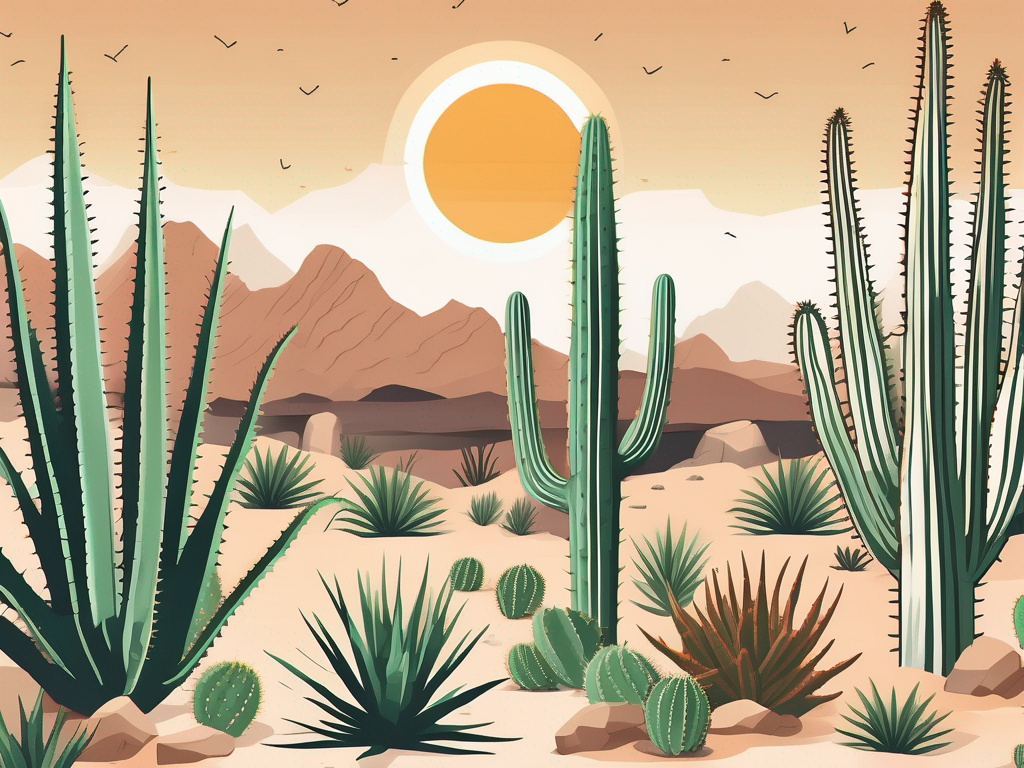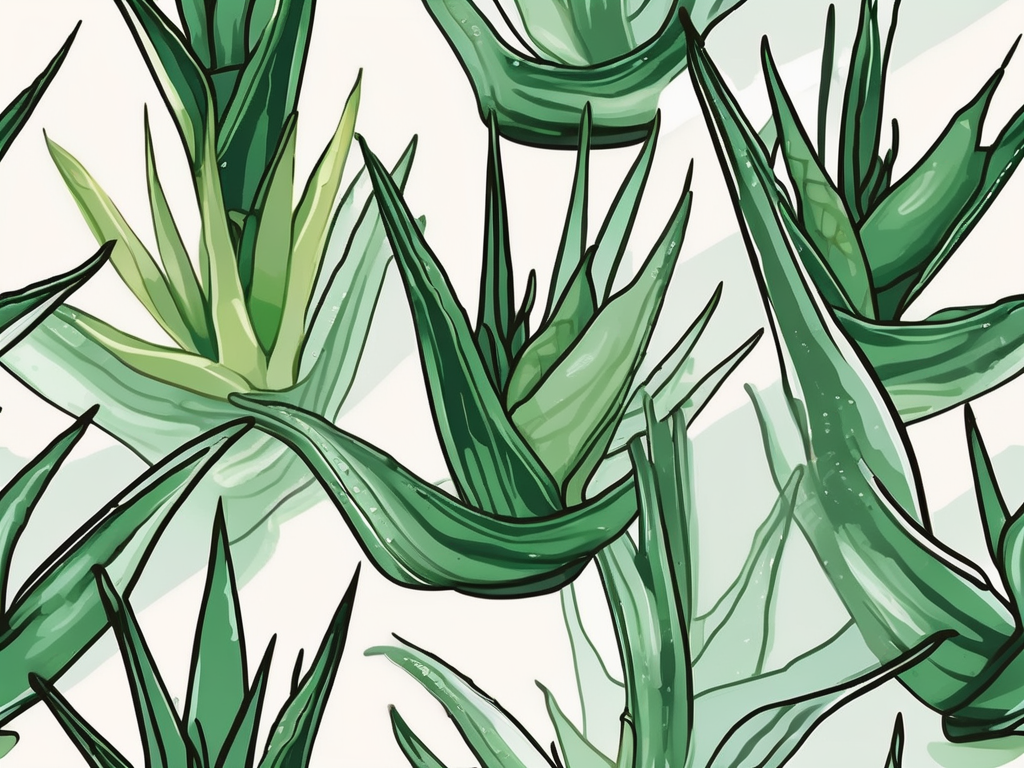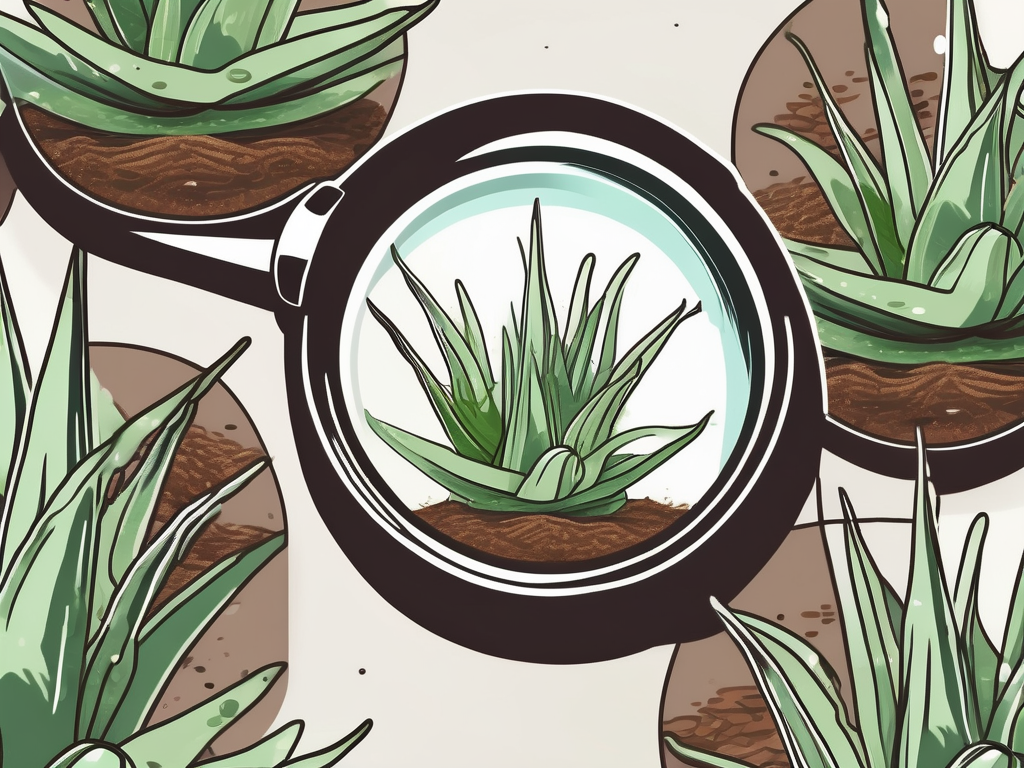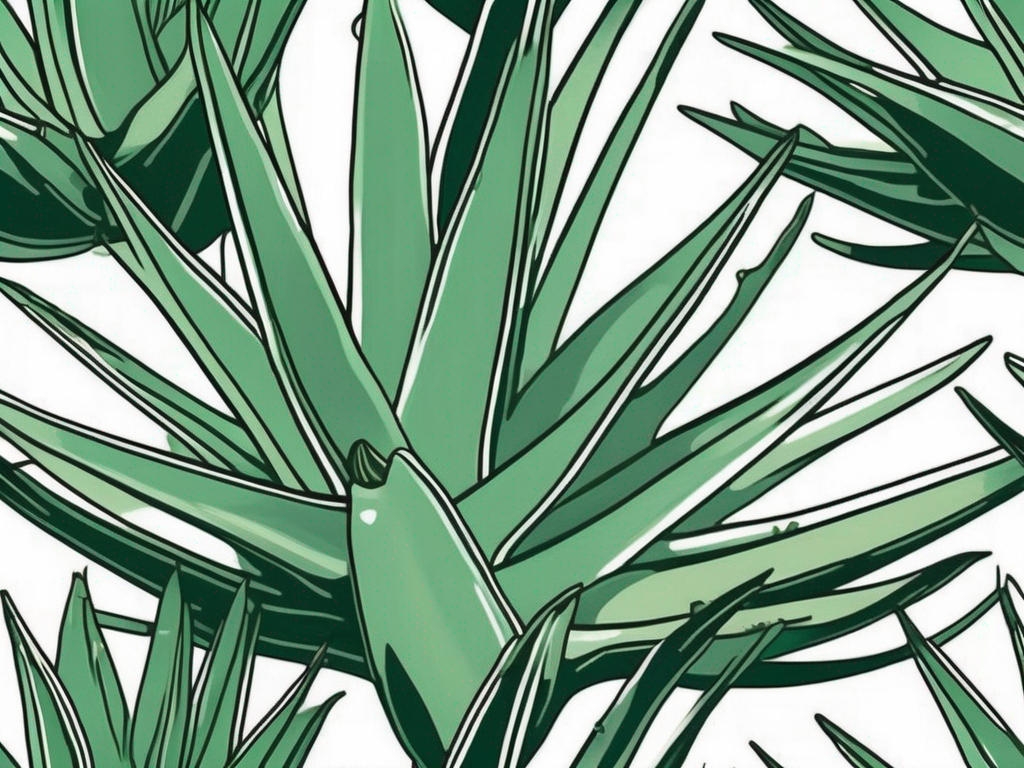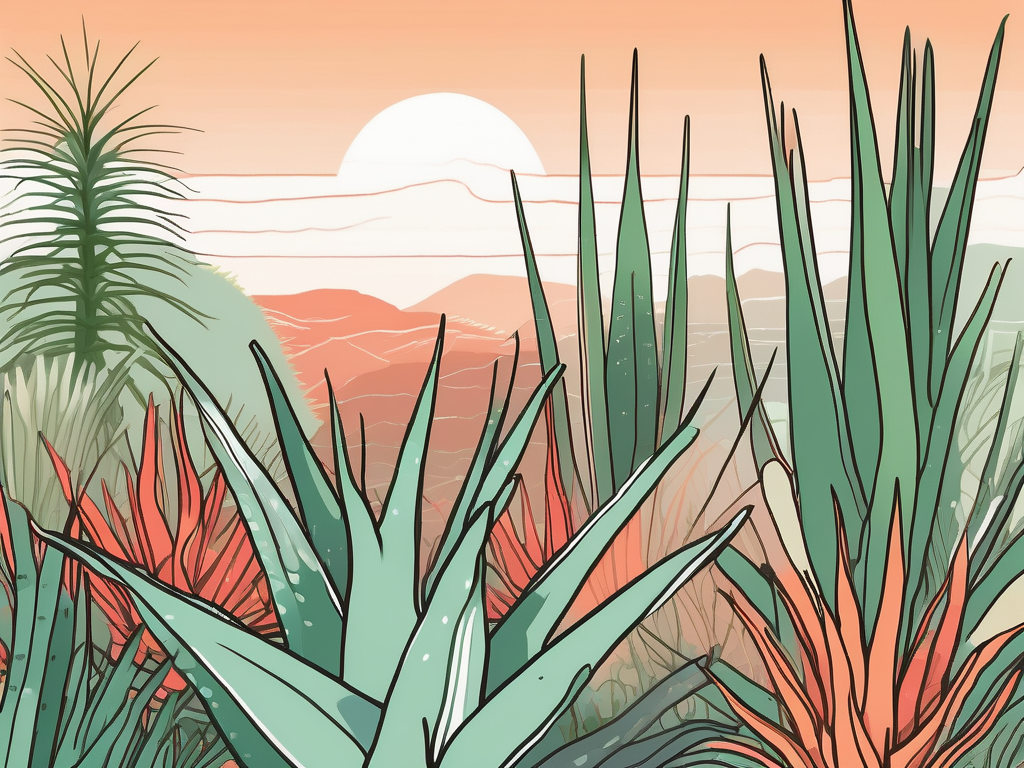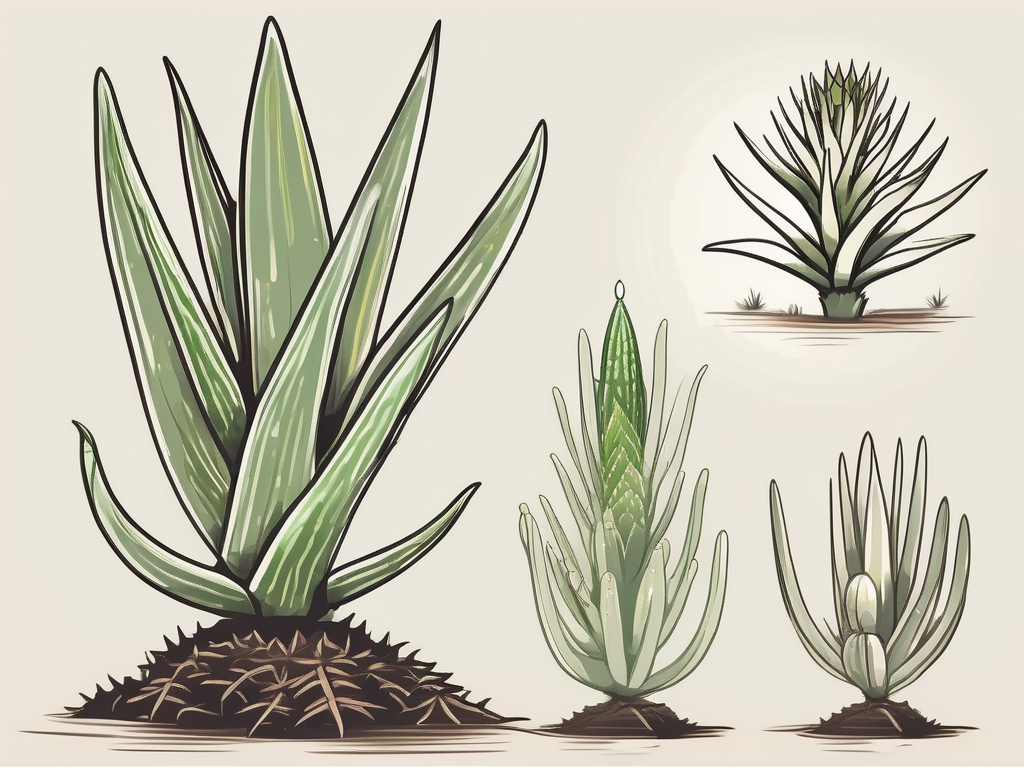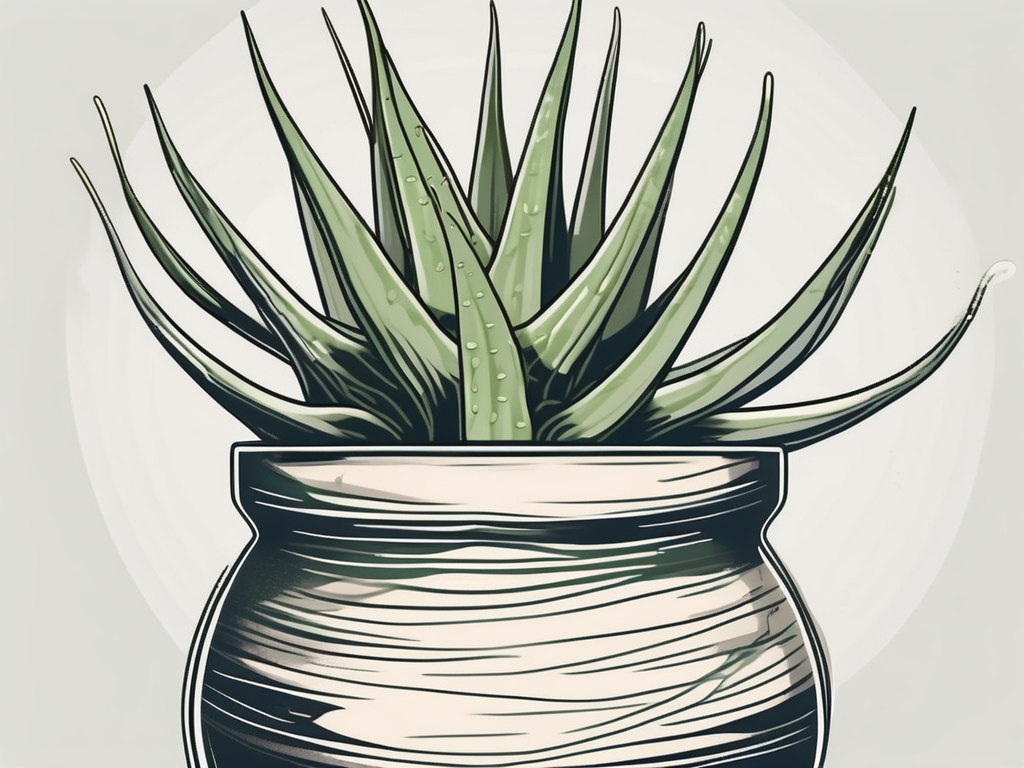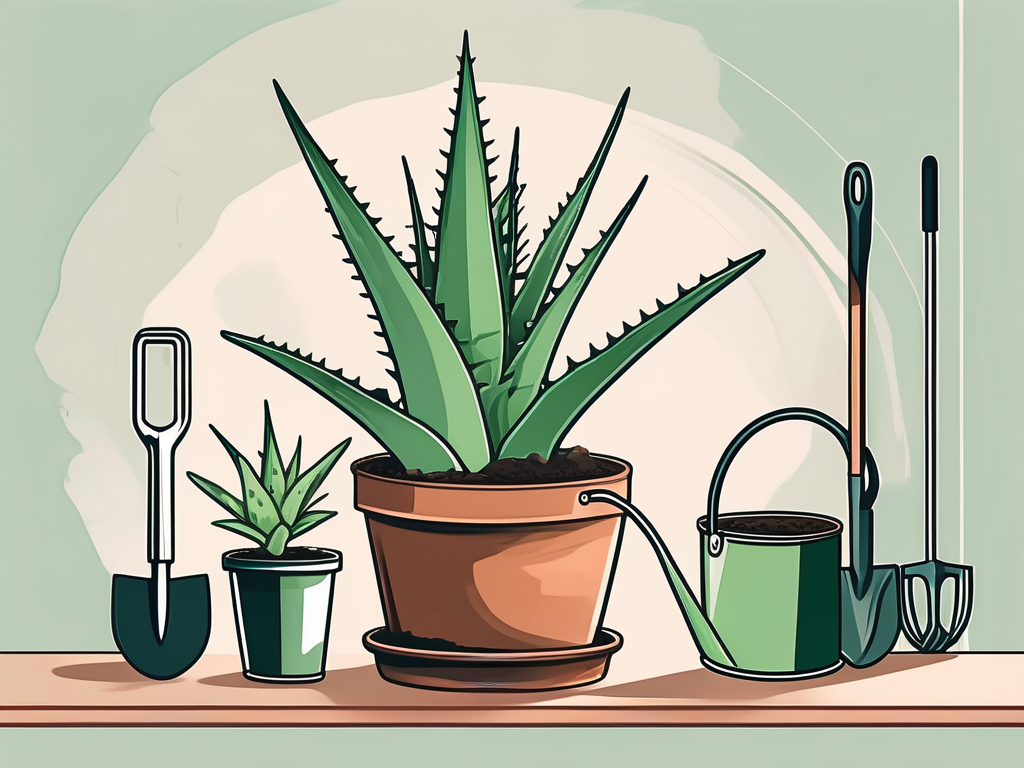
Aloe vera, with its spiky leaves and soothing gel, is more than just a pretty face in your plant collection. It's a resilient, easy-going succulent that can thrive indoors and outdoors, making it a favorite among plant lovers. But to ensure your aloe vera is living its best life, the soil you choose can make a world of difference.
In this blog post, we’ll chat about the best soil for aloe vera, covering everything from its natural habitat needs to how you can mix up your own perfect blend at home. We’ll also touch on some common mistakes and how to avoid them. Ready to get your hands a little dirty? Let’s dig in!
The Natural Habitat of Aloe Vera
Before we start mixing soil, it's helpful to understand where aloe vera comes from. Naturally, aloe vera is found in arid regions where the soils are sandy, rocky, and well-draining. These conditions mean that water doesn't hang around too long, preventing the roots from sitting in moisture, which is a fast track to root rot.
Imagine the landscape where aloe vera thrives: lots of sun, occasional rain, and soil that doesn’t need much water. This gives us some clues about what it likes in a potting mix. The key here is drainage. Your aloe vera will want to dry out completely between waterings, so the soil needs to help with that.
While aloe vera is adaptable, mimicking its natural environment as closely as possible will keep it healthy and happy. This means creating a soil mix that promotes good drainage while providing the structure it needs to support its roots.
Characteristics of Ideal Aloe Vera Soil
Now that we have a picture of aloe vera's native environment, let's break down what makes an ideal soil mix at home. The main characteristics to aim for are:
- Well-Draining: This is the big one. Your soil should allow water to pass through quickly, leaving the roots dry in a matter of hours or a couple of days at most.
- Aerated: The soil needs to have enough air pockets to allow oxygen to reach the roots. Compacted soil can suffocate your plant.
- Low in Organic Matter: While it might seem counterintuitive, too much organic matter can hold water and increase the risk of rot. A little is fine, but keep it minimal.
- pH Balanced: Aim for a pH between 6.0 and 8.0. This range works well for most succulents, including aloe vera.
With these attributes in mind, you can start to see why the soil in a typical garden might not be the best choice for your aloe. Instead, focus on creating or buying a specialized mix.
Store-Bought Options: What to Look For
If you’re not up for making your own soil mix, don’t worry. There are plenty of store-bought options that can work wonders for your aloe vera. The trick is knowing what to look for.
When browsing, search for cactus or succulent mixes. These are typically designed to provide the drainage and aeration needed for plants like aloe vera. Here are a few things to keep in mind:
- Check the Ingredients: Look for a mix containing perlite, pumice, or sand. These materials help with drainage.
- Avoid Peat-Based Mixes: While peat is often used in potting soils, it retains water and can lead to root rot in succulents.
- Feel the Texture: If you can, feel the mix through the bag. It should feel gritty rather than fine and soft.
Using a store-bought mix can save time and effort, especially if you find one that ticks all the boxes for drainage and aeration. However, if you’re feeling adventurous or want to save a few bucks, making your own mix can be a rewarding project.
DIY Aloe Vera Soil Mix
Creating your own soil mix allows you to tailor the ingredients to suit your plant's needs exactly. Plus, it’s a fun way to get more hands-on with your plant care. Here's a simple recipe to get you started:
Base Ingredients:
- Potting Soil (40%): Use a standard potting soil as the base. This provides some nutrients and structure. Just make sure it’s not peat-heavy.
- Coarse Sand (30%): Sand improves drainage and mimics the natural habitat of aloe vera.
- Perlite or Pumice (30%): These are volcanic rocks that help with aeration and drainage.
Mix these ingredients together, and voilà! You’ve got a soil mix that will keep your aloe vera thriving. Remember, the exact proportions can be adjusted based on your specific environment. If you live in a particularly humid area, you might want to increase the perlite or sand for even better drainage.
Common Mistakes and How to Avoid Them
Even with the best intentions, it's easy to make mistakes when it comes to soil and planting. Here are some common pitfalls and how to steer clear of them:
Using Heavy Garden Soil:
Garden soil is often too dense and retains too much moisture for aloe vera. Always opt for a mix that’s specifically designed for cacti and succulents.
Overwatering:
With well-draining soil, it’s still possible to overwater. Allow the soil to dry out completely between waterings, and err on the side of underwatering if you’re unsure.
Poor Pot Choice:
The pot you use can affect how well your soil drains. Always choose a pot with drainage holes, and consider using a terracotta pot, which allows moisture to evaporate more quickly.
By keeping these tips in mind, you can avoid some of the most common mistakes that new plant parents make with aloe vera. Your plant will thank you for it!
Repotting Aloe Vera: When and How
Even with the perfect soil, there comes a time when your aloe vera will need repotting. This could be due to outgrowing its pot or needing fresh soil to keep thriving. Here's a simple guide to repotting your aloe:
Signs It's Time to Repot:
- Roots Coming Out of the Drainage Holes: This is a clear sign your plant has outgrown its pot.
- Soil Dries Out Too Quickly: If your soil isn’t holding moisture at all, it might have broken down and needs replacing.
- Noticeable Slowdown in Growth: If your aloe vera isn’t growing as it should, fresh soil could help.
When repotting, choose a pot that’s one size larger and refresh the soil mix. Gently remove the aloe from its current pot, shake off the old soil, and place it in the new pot with your prepared soil mix. Water lightly after repotting to help the soil settle, but remember to let it dry out completely before watering again.
Maintaining Healthy Soil Over Time
Once you’ve got your aloe vera in the perfect soil, how do you keep it that way? Soil maintenance is an ongoing process, but it's pretty manageable with a few simple steps:
Regularly Check Drainage:
If you notice water is starting to pool on the surface or the pot is taking too long to drain, it might be time to refresh the soil or adjust your watering habits.
Top Dress with Sand or Gravel:
Every few months, add a thin layer of sand or gravel on top of the soil. This can help improve aeration and reduce the risk of pests.
Fertilize Sparingly:
Aloe vera doesn’t need much fertilizer. A light feeding with a cactus fertilizer once or twice a year is usually enough. Over-fertilizing can lead to salt buildup in the soil, which isn't ideal.
These small steps can help maintain the quality of your soil and keep your aloe vera thriving for years to come.
Dealing with Pests and Fungal Issues
Even the best soil can’t completely protect your aloe vera from pests and fungal issues, but it can help minimize them. Here’s how to deal with these common problems:
Pests:
Common pests like aphids or mealybugs can be kept at bay by ensuring your soil isn’t overly wet and by regularly checking your plant. If pests do appear, a gentle spray of soapy water can often do the trick.
Fungal Issues:
Fungal problems often arise from poor drainage or excess moisture. If you notice signs of rot or fungus, adjust your watering and ensure your soil is draining properly. In some cases, you might need to repot with fresh soil.
By staying vigilant and addressing issues promptly, you can keep your aloe vera healthy and free from pests and diseases.
Creating a Beautiful Aloe Vera Display at Home
Finally, let’s talk about how to incorporate aloe vera into your home decor. With its striking form and easy-care nature, aloe vera can be a beautiful addition to any room.
Choosing a Spot:
Aloe vera loves bright, indirect sunlight, so placing it near a south- or west-facing window is ideal. Just make sure it’s not in direct sunlight all day, as this can scorch the leaves.
Pairing with Other Plants:
Aloe vera looks great when grouped with other succulents or cacti. You can create a small indoor garden on a windowsill or a cluster on a coffee table.
With a little creativity, you can create a stunning display that not only looks great but also provides the perfect environment for your aloe vera to thrive.
Final Thoughts
Finding the best soil mix for your aloe vera is all about mimicking its natural environment, focusing on drainage, and avoiding common pitfalls. With the right soil, your aloe vera can thrive and become a beautiful, low-maintenance addition to your plant collection.
At Cafe Planta, we’re passionate about helping you care for your plants. Whether you’re looking for new houseplants, care accessories, or just have a question, feel free to reach out via email or Instagram. We believe in the power of plants to connect and inspire, and we’re here to support you on your plant journey.













